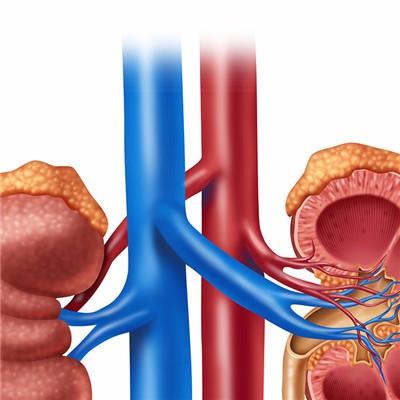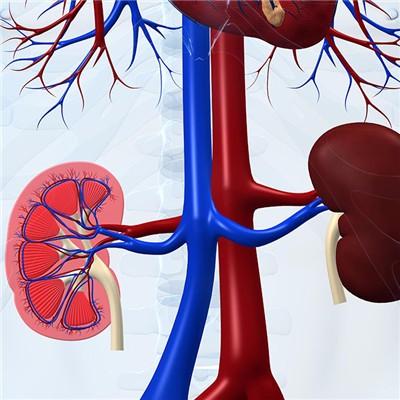Acute tubular necrosis?
summary
In our daily life, the first thing we should do well is to observe our physical condition at any time. When our body is abnormal, we need to go to the hospital immediately for examination. In order to find out the symptoms of acute tubular necrosis more timely in our daily life, we need to know something about the symptoms of acute tubular necrosis?.
Acute tubular necrosis?
First, decrease of urine volume: the urine volume decreases suddenly or gradually, and the urine volume less than 400ml per day is called oliguria, and the urine volume less than 50ml is called anuria. Patients with ATN rarely have complete anuria, and the prognosis of patients with persistent anuria is poor, and the extrarenal obstruction and bilateral renal cortical necrosis should be excluded. Due to the different etiology and severity of the disease, the duration of oliguria is inconsistent, generally 1-3 weeks, However, few cases of oliguria continue for more than 3 months. Generally speaking, the duration of renal toxicity is short, and the duration of ischemia is longer. If ATN is diagnosed for 12 weeks or more, there may be renal cortical necrosis or necrosis of renal papilla. For patients with oliguria, we should pay attention to fluid retention, congestive heart failure and hyperkalemia. * Hypertension and various complications.

Second: progressive azotemia: the decrease of glomerular filtration rate leads to oliguria or anuria, resulting in the reduction of excreted nitrogen and other metabolic wastes, and the increase of plasma creatinine and urea nitrogen. The increase rate is related to the state of proteolysis in the body. In patients without complications and treated correctly, the increase rate of blood urea nitrogen is slow, about 3.6mmol/l (10mg / dl), The increase of plasma creatinine concentration was only 44.2-88.4% μ However, in hyperdecomposing state, such as with extensive tissue trauma, sepsis, etc., urea nitrogen can increase by 7.1 mmol / L (20 mg / dl) or more per day, and plasma creatinine can increase by 176.8% per day μ The factors that promote protein decomposition include insufficient heat supply, muscle necrosis, hematoma, gastrointestinal bleeding, infection, fever, application of adrenocortical hormone, etc.

Third: cardiovascular system manifestations: ① hypertension: in addition to the neurohumoral factors that promote the secretion of vasoconstricting active substances during renal ischemia, excessive volume load caused by excessive water can aggravate hypertension. Hypertension is rare in the early stage of ATN, but if oliguria continues, about 1 / 3 patients will develop mild to moderate hypertension, It is generally 18.62-23.94/11.97-14.63 kPa (140-180 / 90-110 mmHg), sometimes higher, even hypertensive encephalopathy.

matters needing attention
In this way, when we have some symptoms in our body, we can at least notice and judge them, and then we can persuade them to go to the hospital for diagnosis and treatment as soon as possible.
















